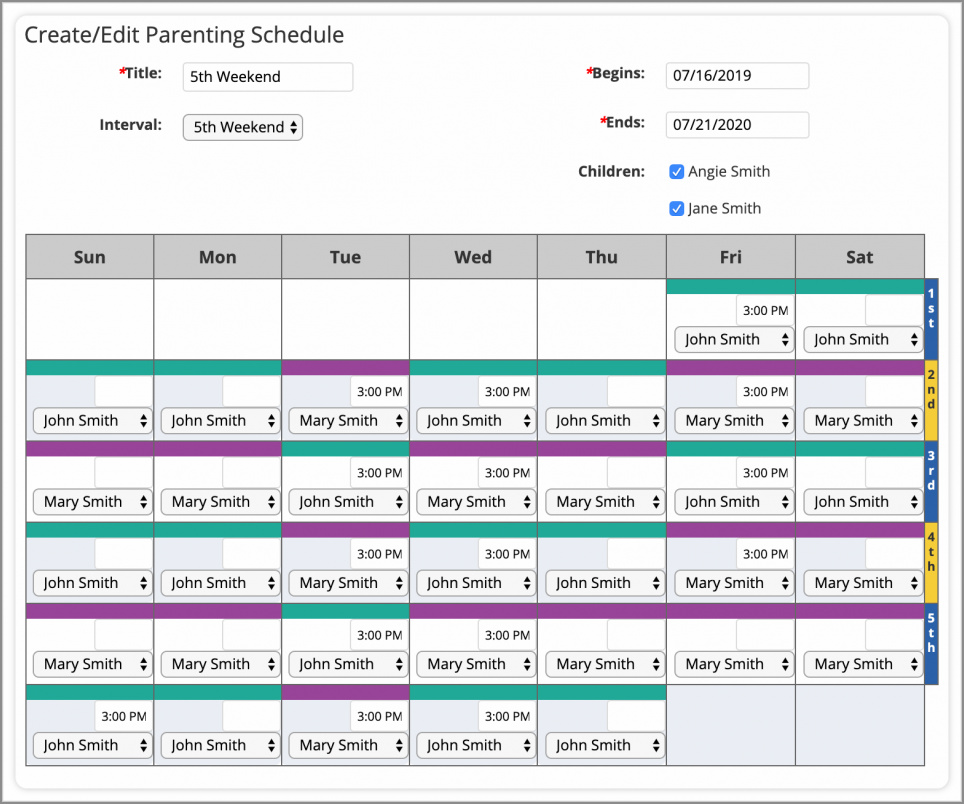When parents separate or divorce, one of the most important things to consider is the custody schedule. A custody schedule outlines when each parent will have physical custody of the child or children. It is crucial to create a custody schedule that works for both parents and provides stability and consistency for the children.
his guide will walk you through everything you need to know about creating a custody schedule that is fair, practical, and in the best interest of the child.
What is a Custody Schedule?
A custody schedule, also known as a parenting plan or visitation schedule, is a document that outlines when each parent will have physical custody of the child or children. It includes details such as the days and times of exchanges, holidays, vacations, and any other important events. A well-drafted custody schedule is essential for co-parenting success and ensures that both parents have equal time with their children.
Why is a Custody Schedule Important?
A custody schedule is important for several reasons. Firstly, it provides structure and stability for the child. Knowing when they will be with each parent allows the child to develop a routine and feel secure in their environment. Secondly, it promotes healthy co-parenting by providing a clear plan for both parents to follow. This reduces conflict and confusion, making it easier for parents to work together for the well-being of their children. Finally, a custody schedule is legally binding and can be enforced by the court if necessary. Having a well-documented custody schedule protects the rights of both parents and ensures that the child’s best interests are always prioritized.
How to Create a Custody Schedule
Creating a custody schedule requires careful consideration and open communication between parents. Here are the steps to follow:
1. Determine Parenting Time
The first step is to determine how much time each parent will spend with the child. This can be based on factors such as work schedules, school activities, and the child’s needs. It is important to be fair and consider the child’s best interests when allocating parenting time.
2. Consider the Child’s Age and Developmental Needs
The custody schedule should take into account the child’s age and developmental needs. Younger children may require more frequent exchanges to maintain a strong bond with both parents, while older children may have school and extracurricular activities that need to be considered.
3. Create a Regular Schedule
A regular schedule should be established for the majority of the time. This includes weekdays, weekends, and overnights. A consistent routine provides stability for the child and makes it easier for both parents to plan their schedules.
4. Include Holidays and Special Occasions
Holidays and special occasions should be clearly defined in the custody schedule. This includes birthdays, religious holidays, and school breaks. It is important to be flexible and alternate holidays each year to ensure both parents have the opportunity to spend quality time with the child.
5. Plan for Vacations
Vacations should be planned and included in the custody schedule. Both parents should have the opportunity to take the child on vacation during their allocated parenting time. It is important to provide notice to the other parent and obtain their consent if needed.
6. Consider Communication and Flexibility
The custody schedule should include provisions for communication between parents. This may include regular check-ins, shared calendars, or designated times for discussing important matters. It is also important to have provisions for flexibility in case of unexpected events or changes in circumstances.
7. Review and Modify as Needed
A custody schedule is not set in stone and may need to be modified as the child grows older or circumstances change. It is important to regularly review the custody schedule and make adjustments if necessary. Open communication between parents is key to ensuring the custody schedule continues to meet the needs of the child.
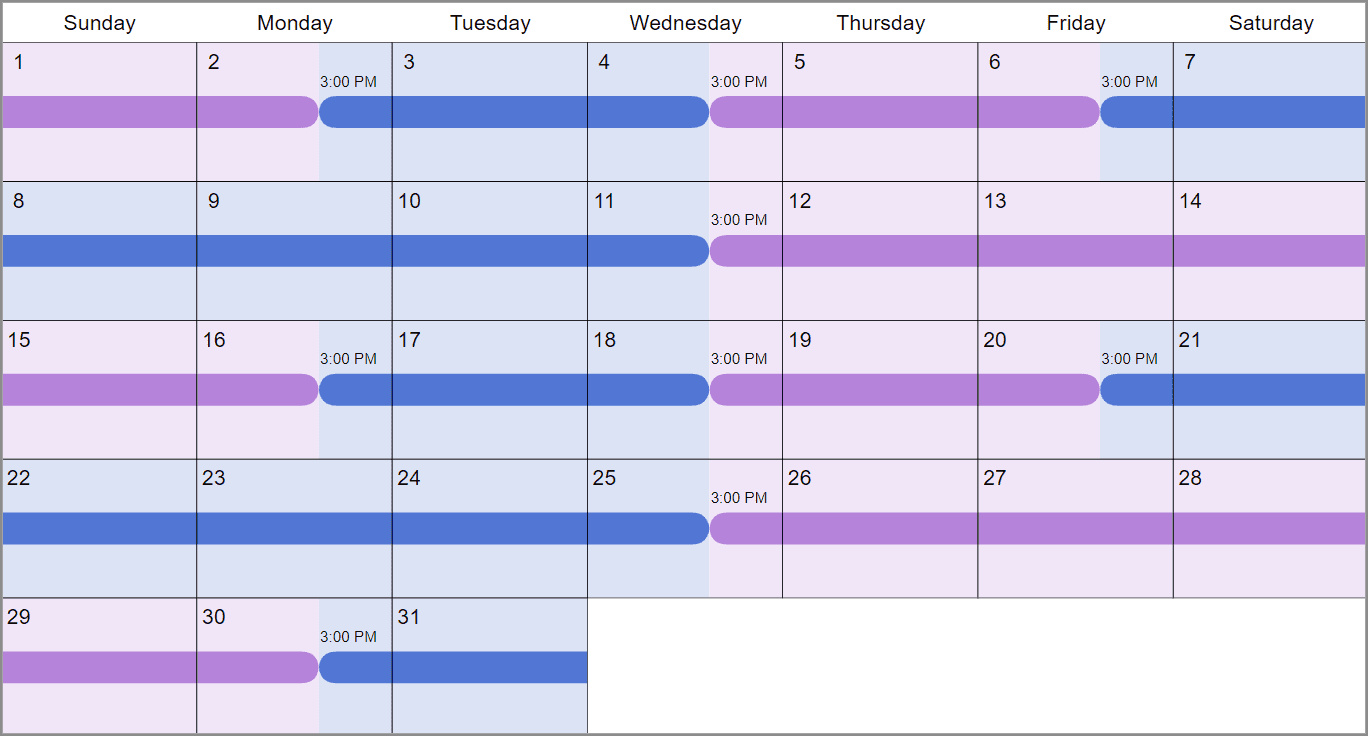
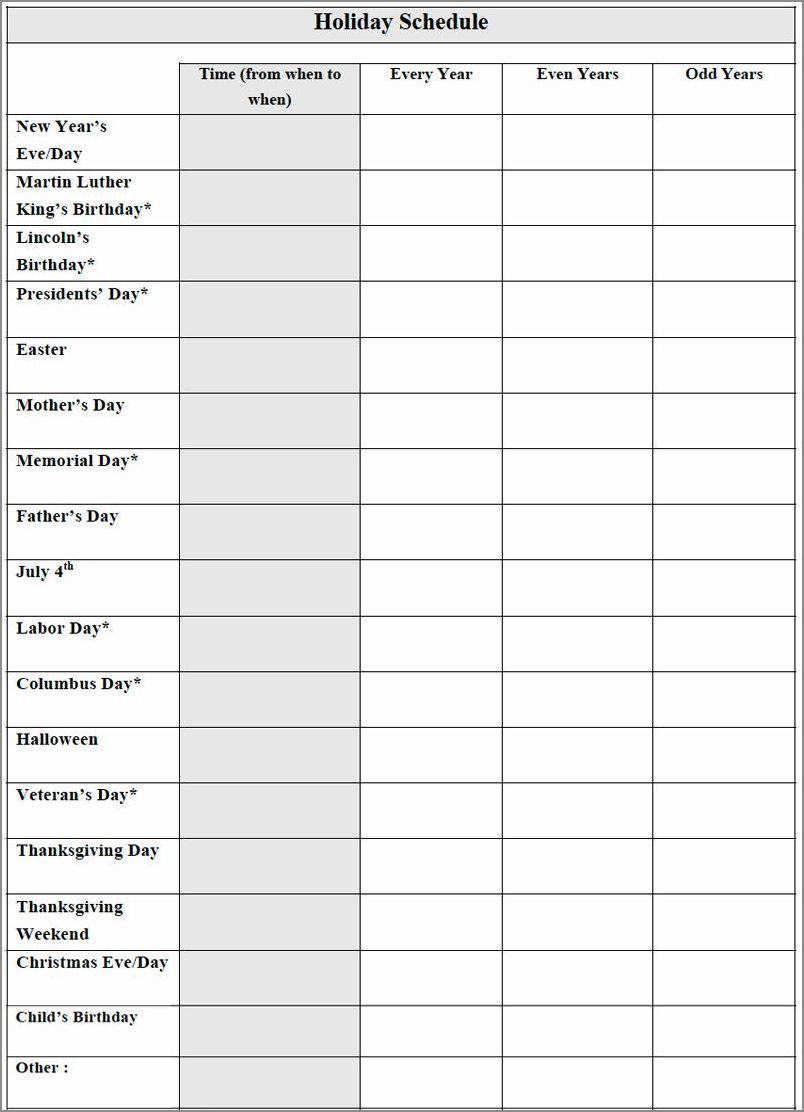
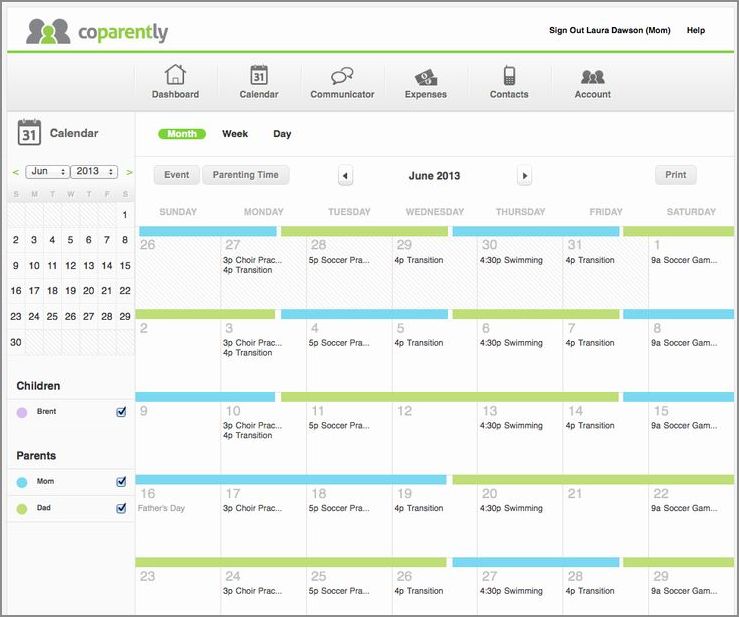
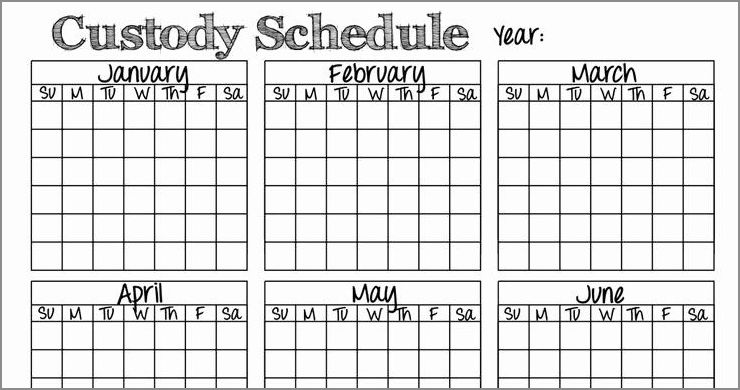
Tips for Creating a Successful Custody Schedule
- Consider the child’s best interests: The custody schedule should always prioritize the child’s well-being and development.
- Be flexible: Life can be unpredictable, and it is important to have provisions for flexibility in the custody schedule.
- Communicate openly: Effective communication between parents is crucial for successful co-parenting and the implementation of the custody schedule.
- Be respectful: Treat the other parent with respect and work together to find solutions that benefit the child.
- Seek professional help if needed: If parents are unable to reach an agreement on their own, it may be helpful to seek the assistance of a mediator or family counselor.
- Put the child’s needs first: Remember that the custody schedule should always prioritize the child’s needs and best interests.
Conclusion
A well-structured custody schedule is essential for co-parenting success and provides stability and consistency for the child. By following the steps outlined in this guide and considering the best interests of the child, parents can create a custody schedule that works for everyone involved. Remember, open communication and flexibility are key to ensuring the custody schedule continues to meet the needs of the child as they grows and circumstances change.
Custody Schedule Template Word – Download
